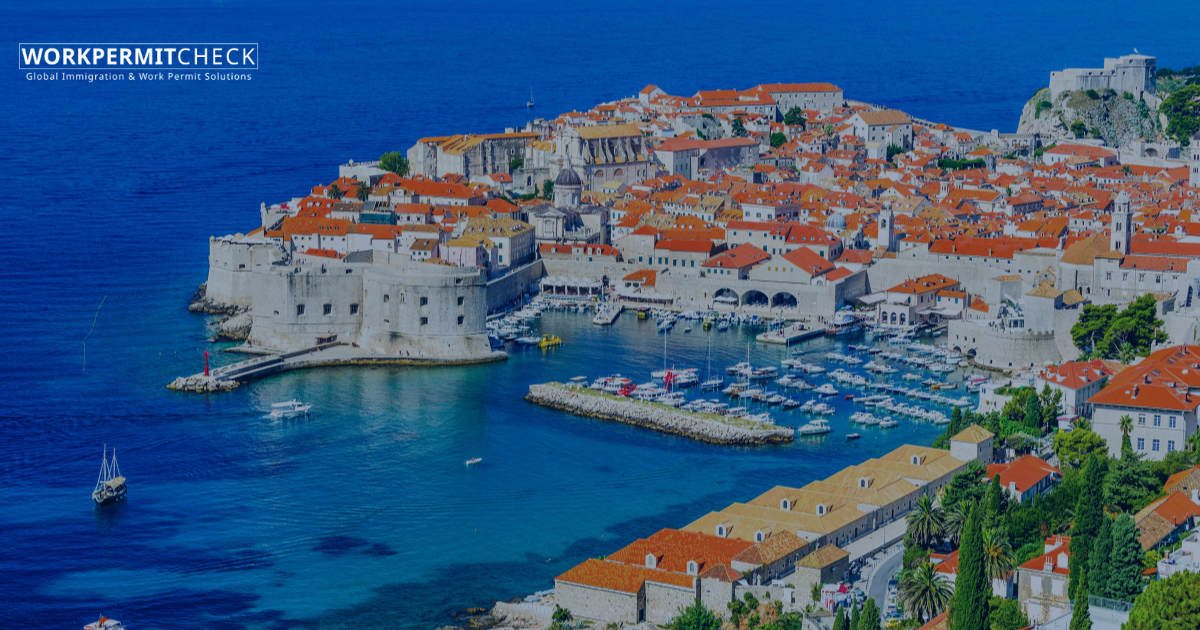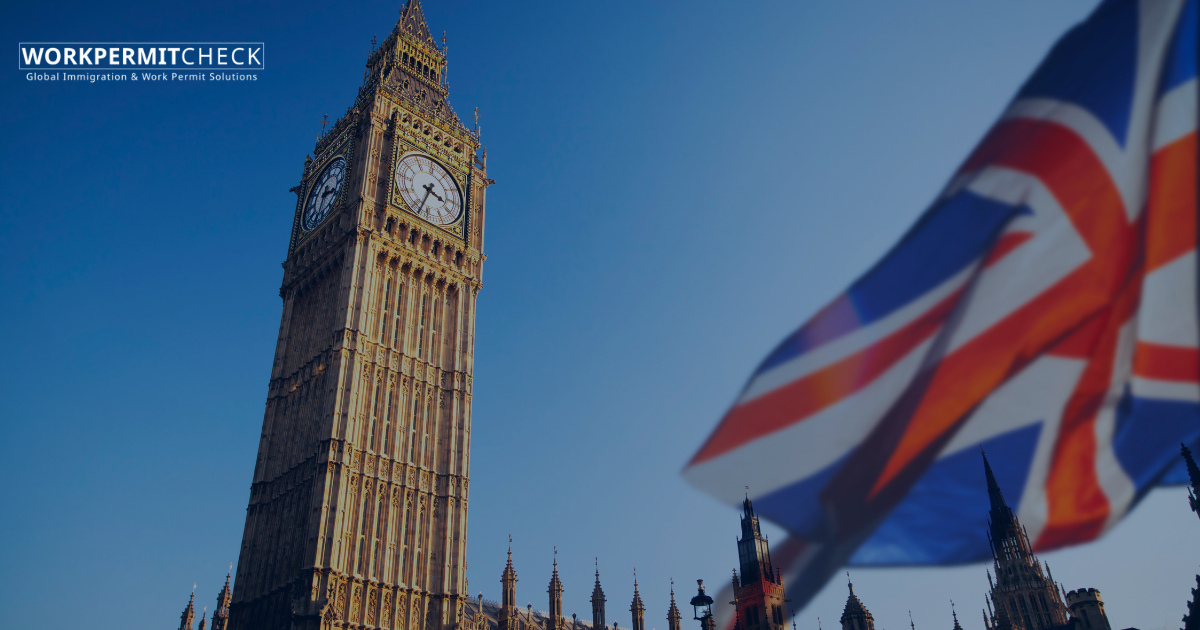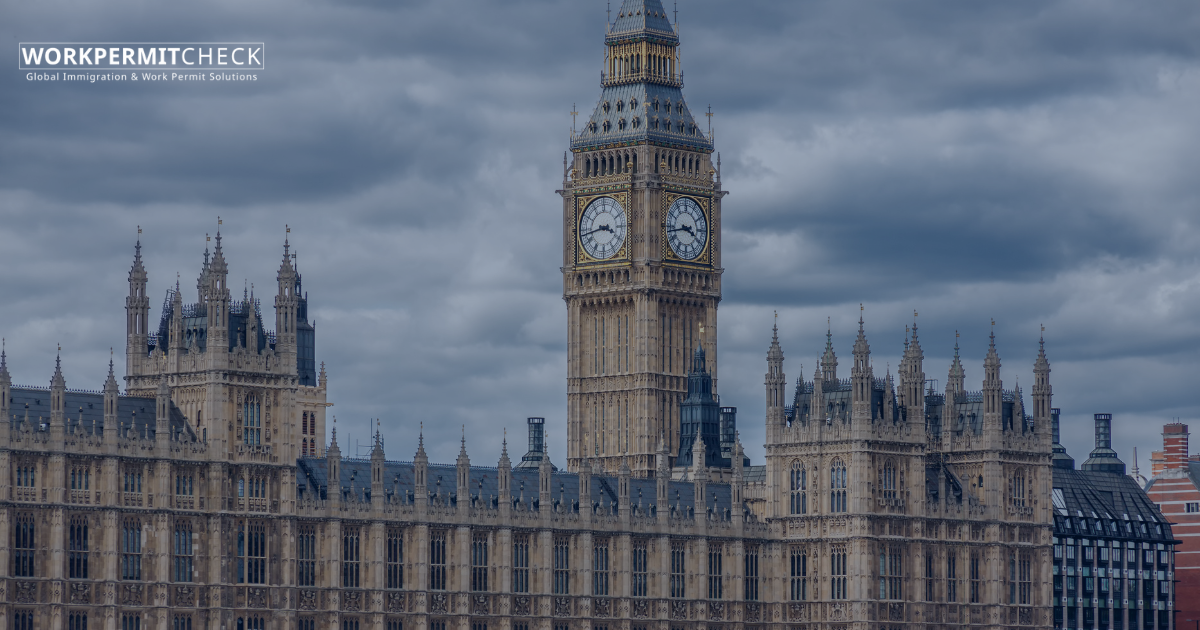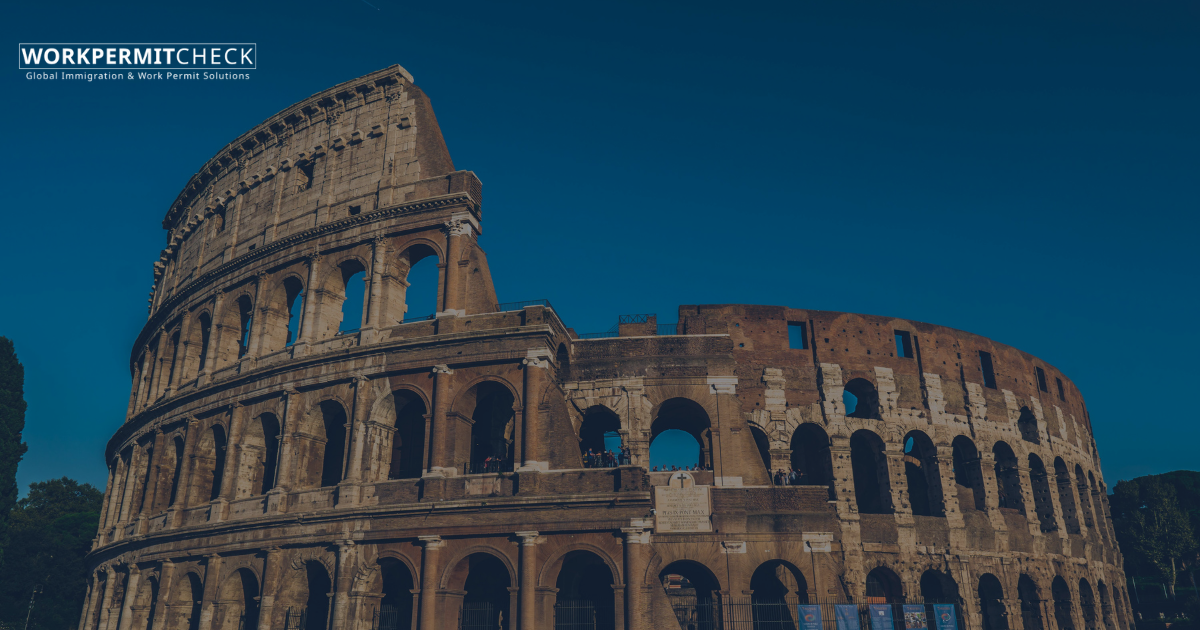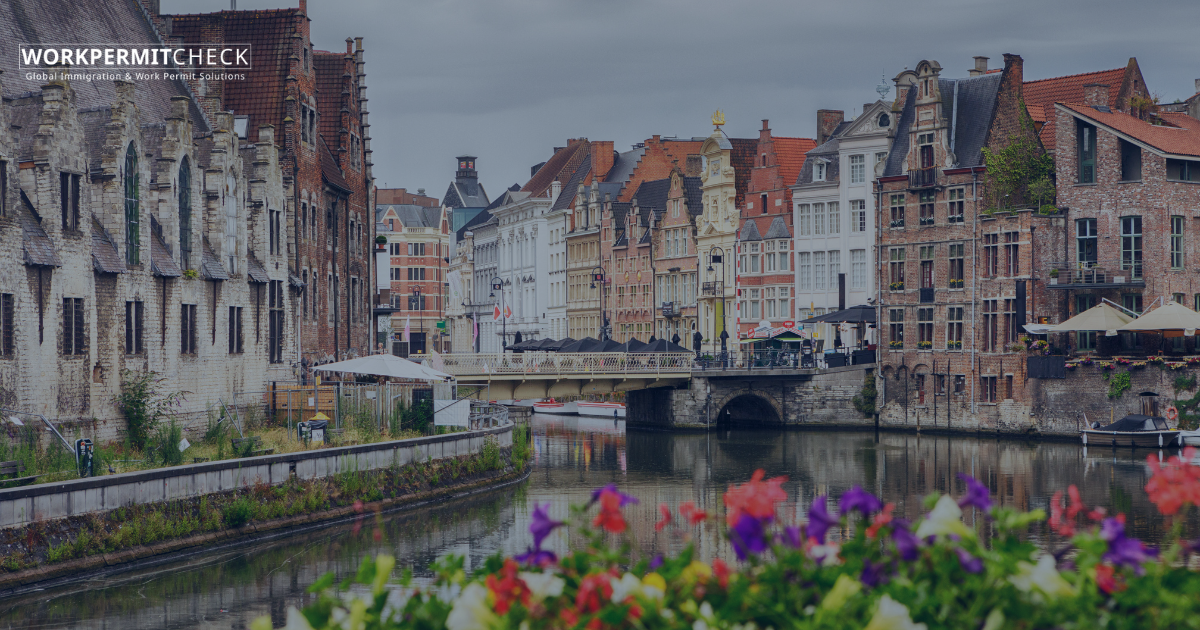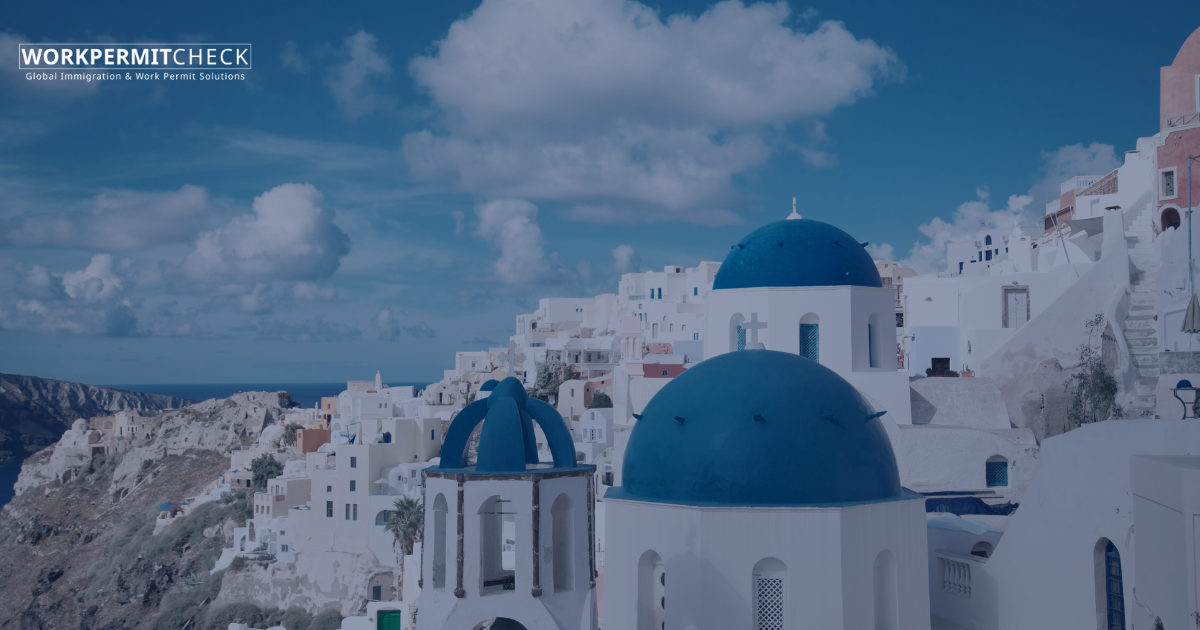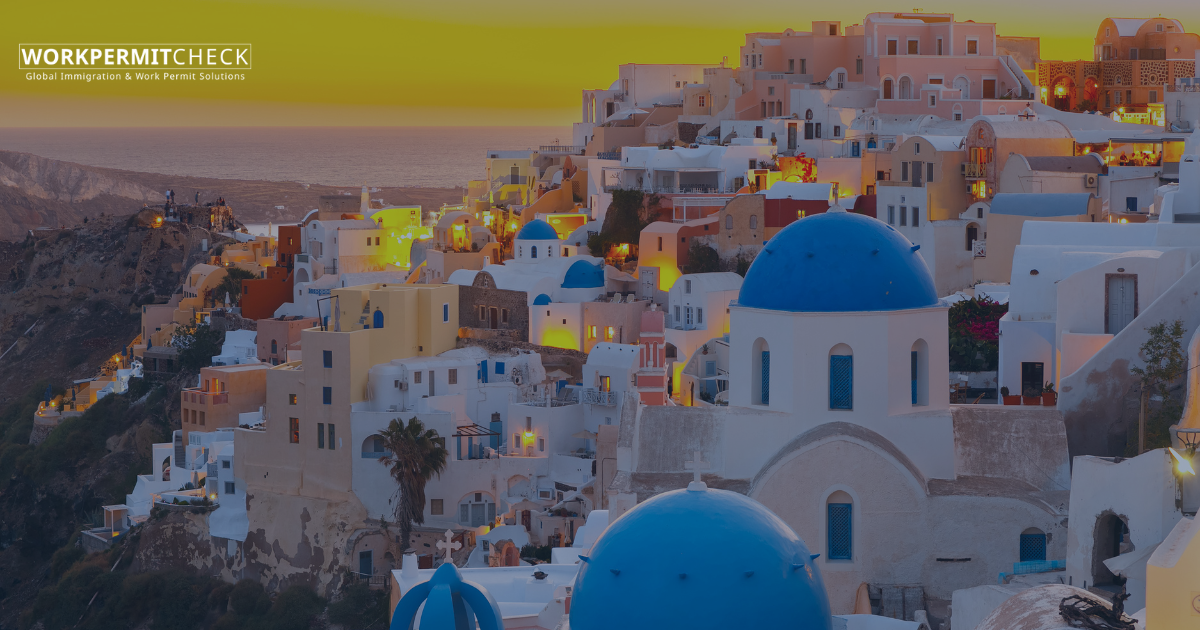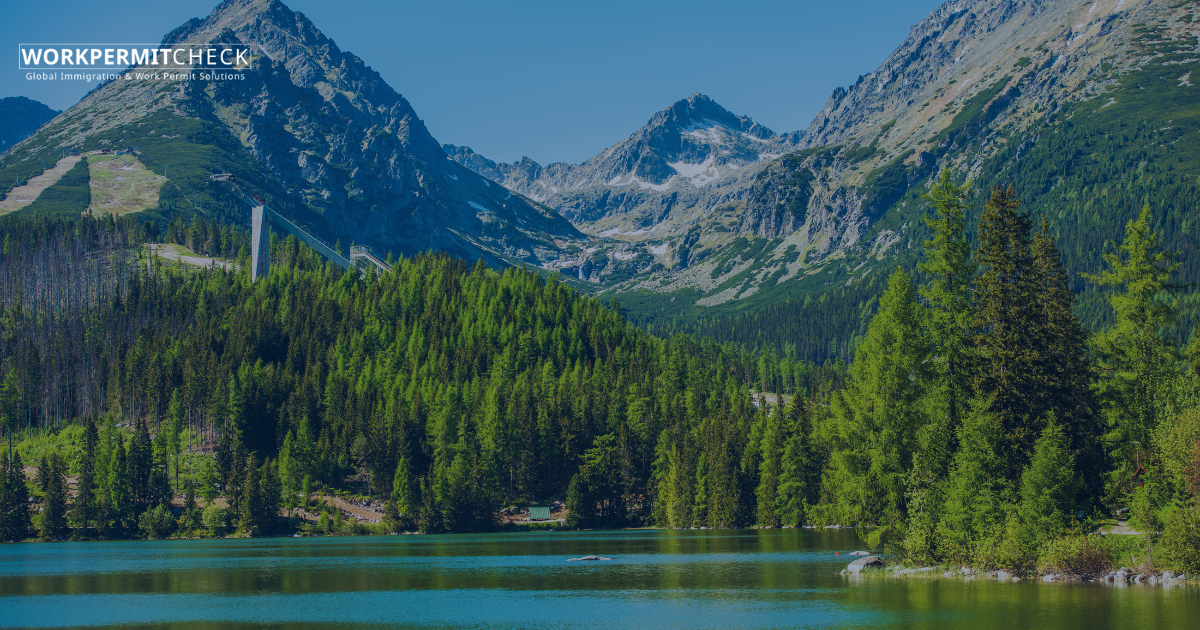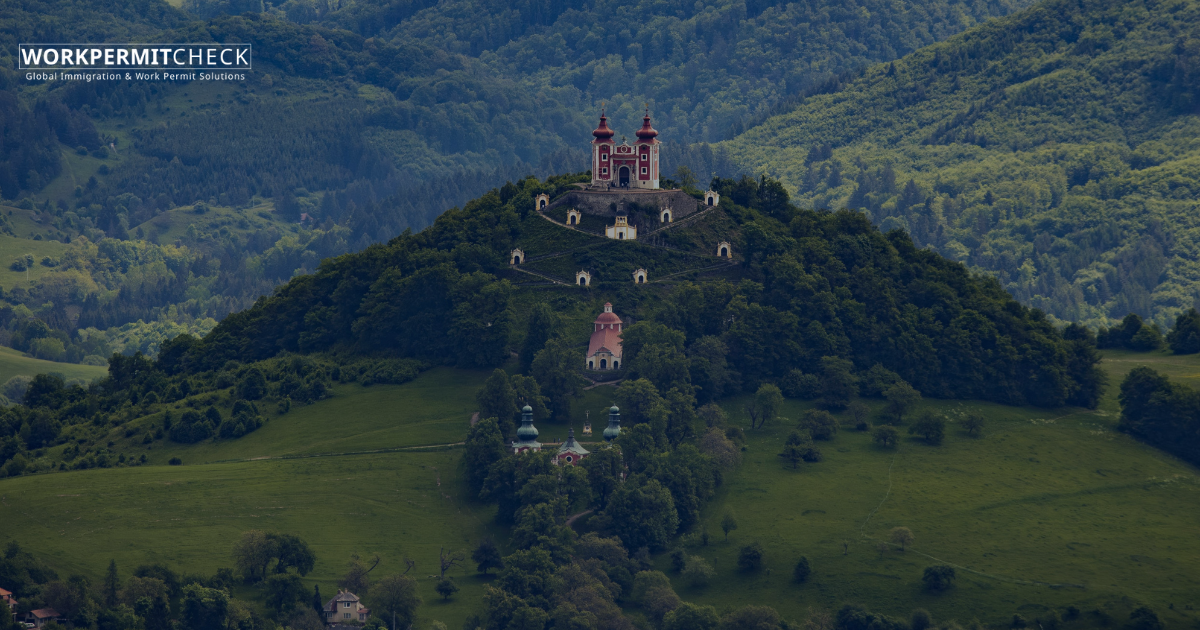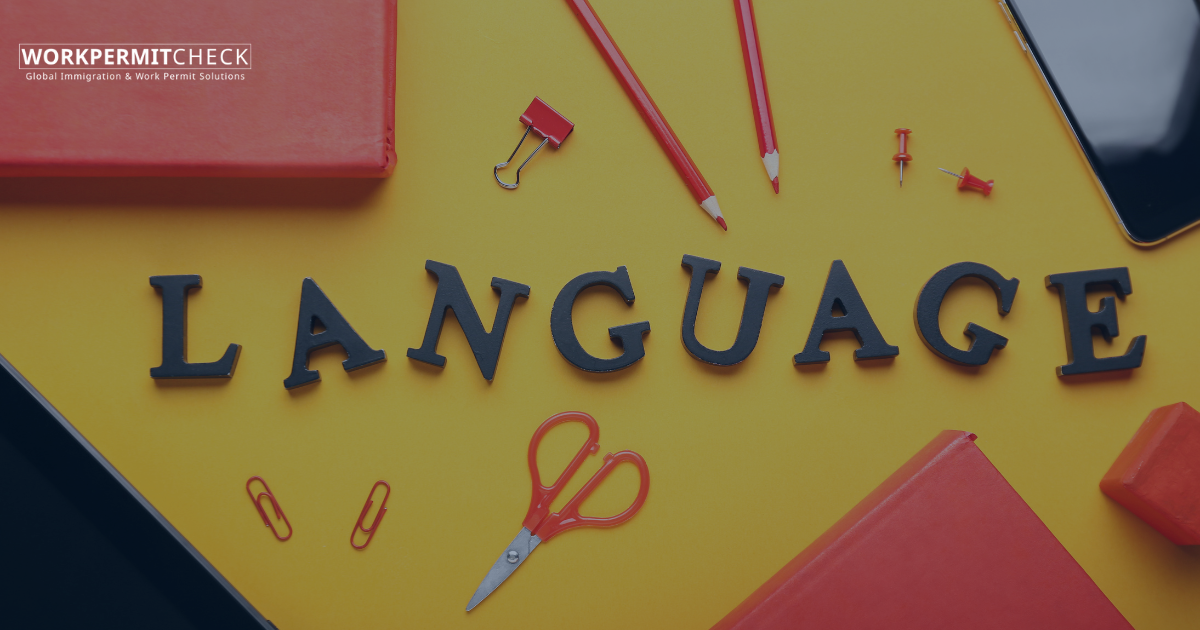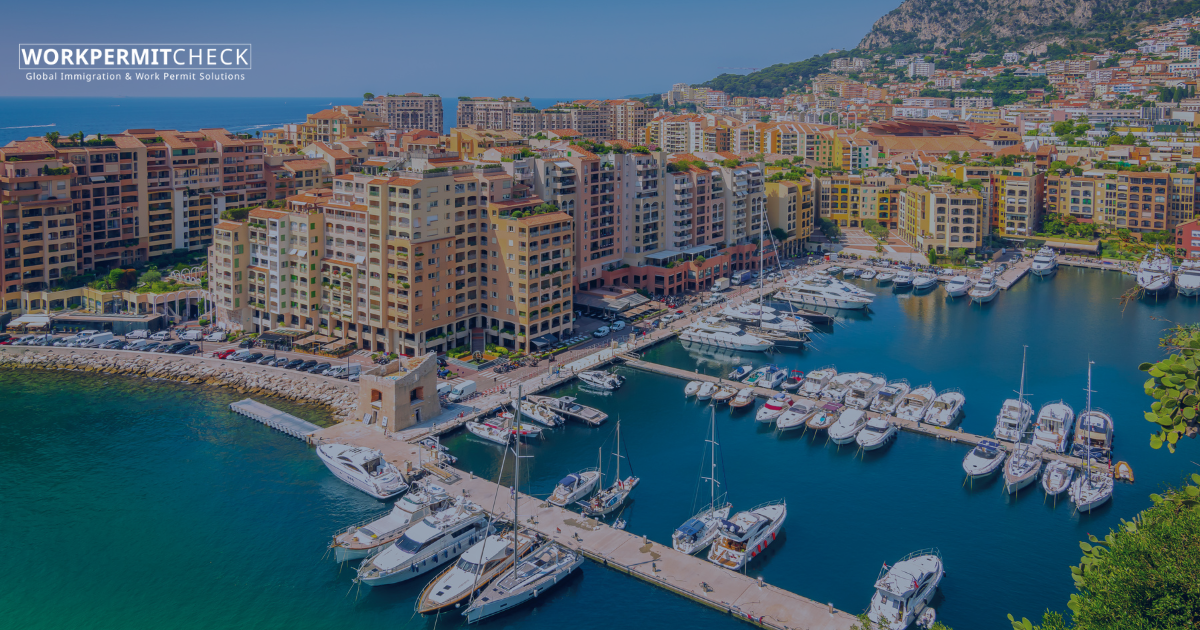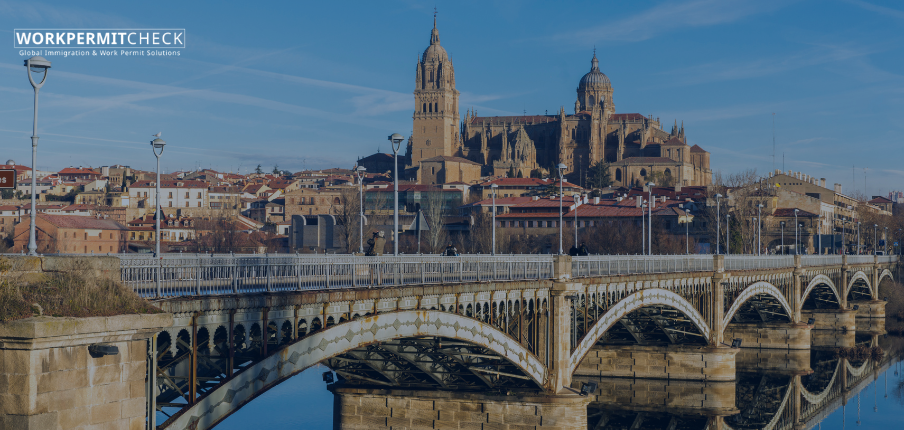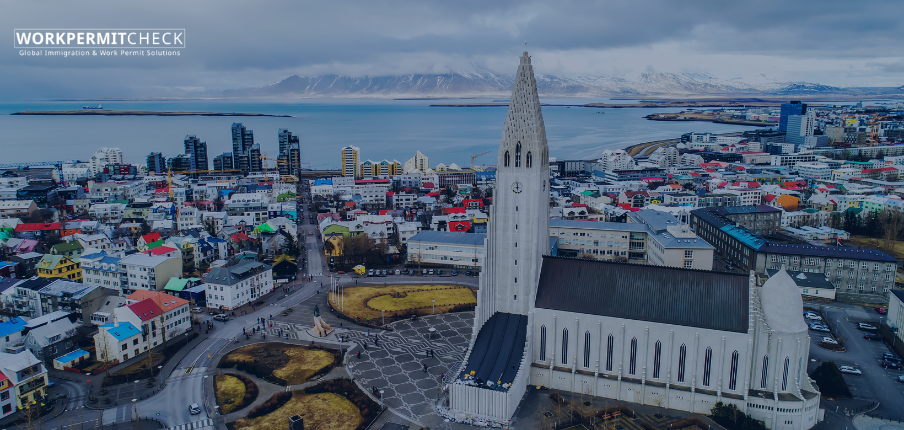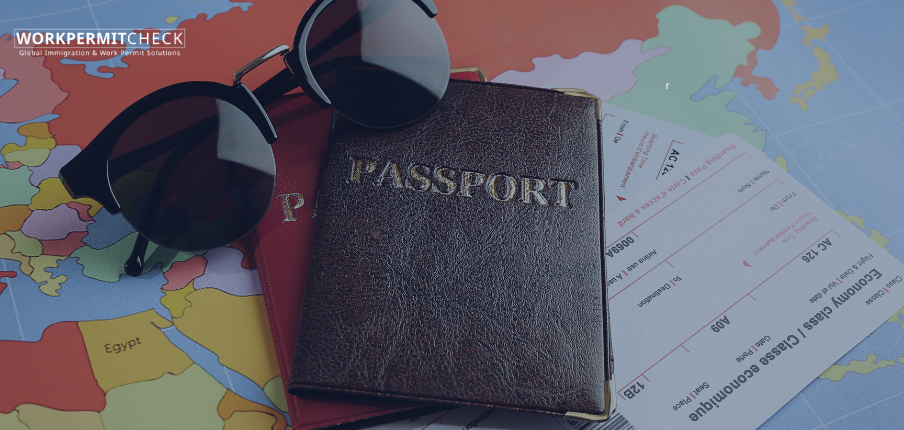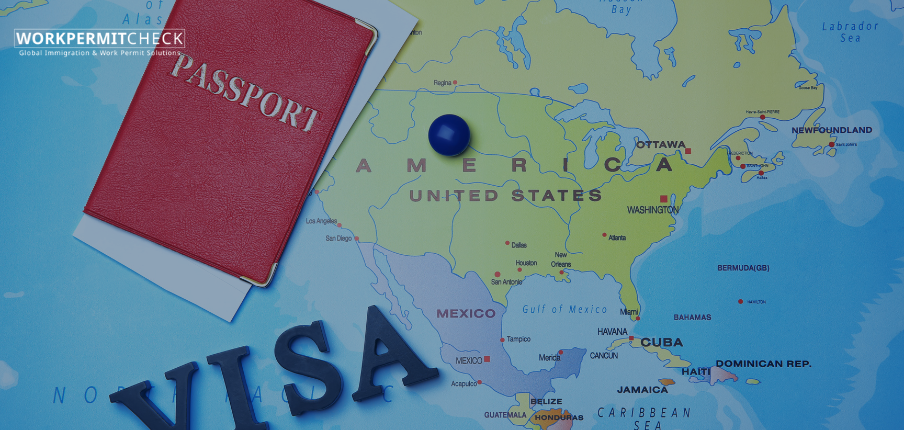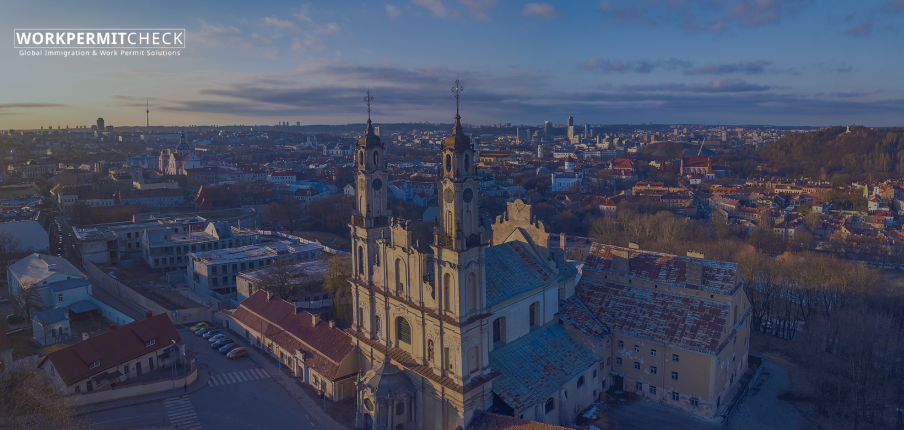Italy has long been a popular destination for foreign workers, offering opportunities in sectors ranging from agriculture and construction to technology and caregiving. For non-EU citizens, access to work opportunities in Italy is regulated through a quota system set by the Flussi Decree (“Decreto Flussi”). Understanding how and when these quotas are updated is crucial for those planning to apply for a work visa.
What is the Flussi Decree?
The Flussi Decree is an annual government measure that establishes how many non-EU workers can enter Italy for employment in a given year. It sets quotas for different categories, including:
• Seasonal workers (often in agriculture and tourism)
• Non-seasonal workers (in construction, manufacturing, caregiving, and other industries)
• Self-employed workers (entrepreneurs, highly qualified professionals, or individuals with specific business projects)
Frequency of Updates
Traditionally, the Flussi Decree is published once a year by the Italian government. However, the exact timing can vary, often depending on political priorities, labour market needs, and immigration policy decisions. In some years, the decree is issued later than expected, and in certain cases, extraordinary updates or additional quotas have been introduced to address urgent workforce shortages.
How Quotas Are Announced
When the decree is published, it specifies:
• The total number of permits available.
• How quotas are divided among different categories of workers.
• Application opening dates for employers and workers.
These quotas are usually filled quickly due to high demand, which makes timing critical. Employers often prepare applications in advance to submit as soon as the online portal opens.
Why It Matters for Applicants
• Limited Numbers: Once the quotas are exhausted, no further applications can be accepted until the next decree.
• Planning Ahead: Workers and employers must monitor announcements closely to avoid missing application windows.
• Labour Market Needs: Quotas reflect Italy’s economic priorities, meaning certain sectors may receive more permits in a given year.
Conclusion
Italy updates its work visa quotas through the Flussi Decree once each year, although timing and details can vary. For non-EU workers seeking opportunities in Italy, staying informed about the decree’s release and preparing documents in advance is essential to securing a spot within the annual quota.
Disclaimer
This blog post is for informational purposes only and does not constitute immigration or legal advice. Rules regarding Italy’s Flussi Decree and work visa quotas may change from year to year. Always consult the Italian Ministry of Interior or official immigration authorities for the latest updates before applying.
September 27, 2025




